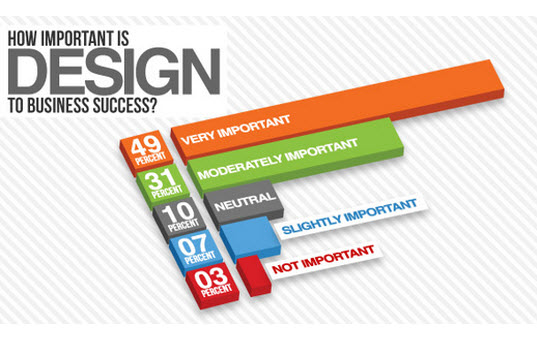The Advancement Of Website Design: From Past To Present
The Advancement Of Website Design: From Past To Present
Blog Article
Content By-Kahn Dalby
In the past, websites were basic and focused on details. Navigating was straight, and layout was for desktop computers. Now, individual experience is vital. Information guides styles for easy navigating. Receptive formats match different tools. Today, dark setting lowers stress, and minimal menus boost navigation. Interactive functions engage individuals, and bold visuals stand apart. AI integration improves engagement. See how layout has advanced to improve your on-line journey.
Early Days of Website Design
In the early days of website design, simpleness reigned supreme. Websites were basic, with restricted colors, fonts, and designs. The focus got on supplying information as opposed to showy visuals. Users accessed the web through slow dial-up links, so rate and functionality were essential.
Navigating menus were straightforward, normally located on top or side of the web page. Sites were designed for desktop, as mobile browsing wasn't yet prevalent. Content was king, and designers focused on simple readability over intricate design aspects.
HTML was the key coding language made use of, and designers needed to work within its restraints. https://www.entrepreneur.com/article/385177 and interactive attributes were minimal compared to today's standards. Websites were static, with little vibrant material or customized individual experiences.
Surge of User-Focused Layout
With the advancement of website style, a shift in the direction of user-focused design concepts has come to be increasingly famous. Today, producing sites that focus on individual experience is crucial for involving visitors and achieving company goals. User-focused design involves recognizing the demands, preferences, and actions of your target audience to tailor the website's design, material, and includes as necessary.
Developers currently perform comprehensive study, such as customer surveys and functionality testing, to collect insights and feedback straight from customers. This data-driven strategy aids in producing user-friendly navigating, clear calls-to-action, and visually enticing user interfaces that resonate with visitors. By https://www.searchenginejournal.com/ranking-for-head-term-keywords/417133/ at the center of the design process, internet sites can supply a more personalized and pleasurable experience.
Receptive design has actually likewise become a crucial element of user-focused layout, ensuring that sites are maximized for various tools and screen sizes. This adaptability boosts availability and functionality, satisfying the varied ways individuals interact with web sites today. Basically, the surge of user-focused style represents a change in the direction of creating digital experiences that focus on the needs and expectations of completion user.
Modern Trends in Web Design
Discover the latest trends shaping website design today. One popular fad is dark mode design, supplying a sleek and contemporary appearance while lowering eye strain in low-light atmospheres. One more crucial fad is minimal navigating, simplifying menus and improving customer experience by focusing on essential elements. Integrating micro-interactions, such as animated switches or scrolling results, can produce a more engaging and interactive web site. Receptive layout stays crucial, making sure smooth user experiences throughout various gadgets. Additionally, utilizing vibrant typography and asymmetrical layouts can add visual rate of interest and accentuate particular material.
Incorporating AI technology, like chatbots for customer assistance or personalized referrals, improves individual interaction and streamlines procedures. Access has likewise come to be a substantial fad, with designers focusing on comprehensive layout methods to cater to varied customer needs. Accepting sustainability by maximizing site efficiency for rate and efficiency is an additional emerging pattern in web design. Teaming up with user feedback and information analytics to repeat and improve style continuously is essential for staying appropriate in the ever-evolving digital landscape. By embracing these contemporary fads, you can develop an aesthetically enticing, easy to use internet site that resonates with your audience.
Conclusion
As you assess the advancement of site style from the early days to now, you can see exactly how user-focused layout has ended up being the driving pressure behind modern trends.
Welcome the trip of change and adaptation in website design, constantly maintaining the individual experience at the leading edge.
Keep present with the most up to date patterns and innovations, and never ever quit developing your strategy to develop visually magnificent and easy to use internet sites.
Advance, adjust, and develop - the future of web design is in your hands.
